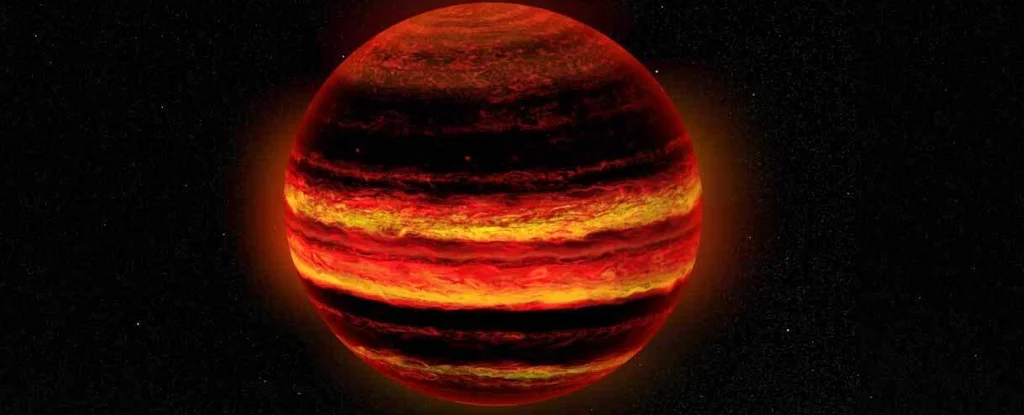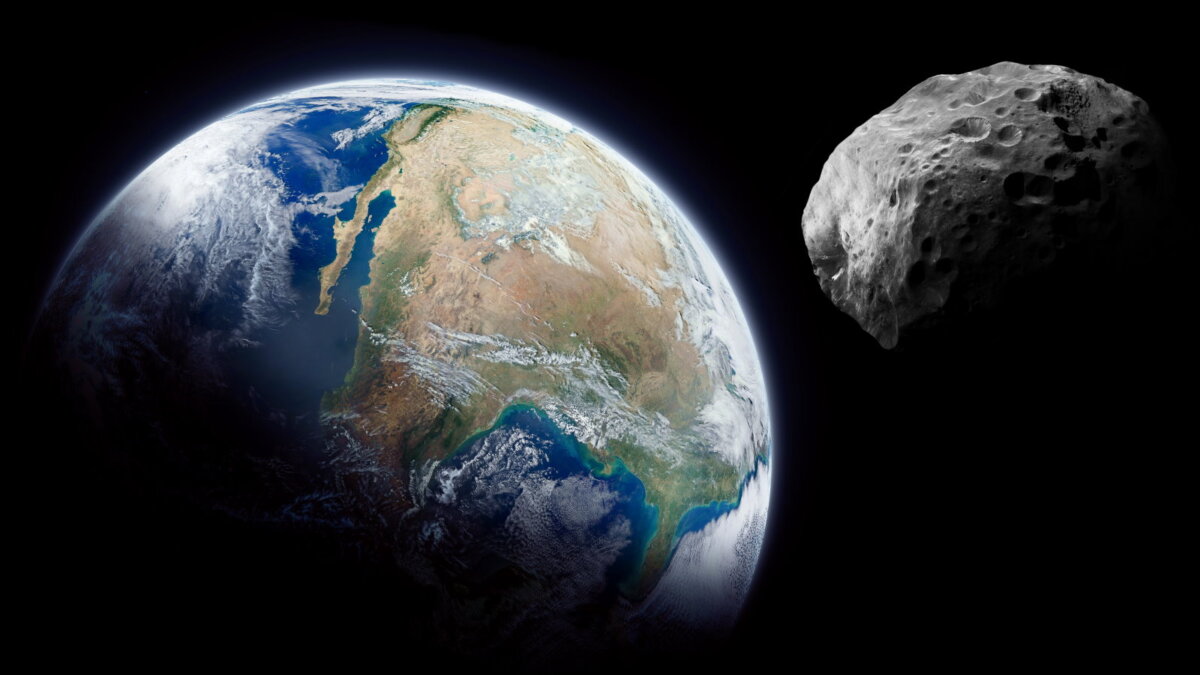A research team led by Stuart Harrad of the University of Birmingham investigated the chemistry of the dust from the ISS, focusing on substances such as acenaphthene, phenanthrene, pyrene and perfluorooctanoic acid. These POPs are often associated with various manufacturing processes, flame retardants and surface treatments.
Why is this important?
One of the key issues regarding the ISS environment is the need for clean air in confined spaces to ensure the safety and health of astronauts. But even when astronauts breathe, they emit compounds such as: carbon dioxide, ammonia And nail polish remover. These emissions, combined with the unique conditions of space, including ionizing radiation, weightlessness, and fluctuating oxygen levels, create an unusual chemical mix in the station’s air.
The study found that although most POPs concentrations on the ISS were within known ranges for US residential areas, levels of some substances alarmingly high. For example, the concentration of polybromodiphenyl ether BDE-99 in ISS powder was a staggering 27,000 nanograms per gram, compared to an average of 580 nanograms per gram in US house dust.
Similarly, polyaromatic hydrocarbons such as acenaphthene, phenanthrene and pyrene were detected at levels well above not only the median but also the maximum values for residential use. The same trend was observed for perfluorooctanoic acid, whose concentration on the ISS reached 2,600 nanograms per gram, as opposed to an average of 140 nanograms per gram in American homes.
Where did the pollution come from?
While the exact sources of these contaminants on the ISS remain unclear, the researchers speculate that they may come from flame-retardant surface treatments, protective coatings such as polyurethane foam, and antifungal agents used to treat the station’s materials. The implications of these findings are very serious, as high levels of pollutants are attributed to substances released into the ISS’ habitats, potentially posing a risk to the health of the astronauts present there.
Besides the impact on human health, the study found another worrying aspect: outer surface of the ISS. The researchers found that the space dust that clings to the outer surface of the station is biochemically active and contains it. live microorganisms. This discovery highlights the importance of not only monitoring the station’s indoor air environment, but also assessing the condition of its outer shell.
As space agencies seek to protect the well-being of astronauts in the unique environment of the ISS, the study’s authors suggest reconsidering the materials used for packaging, protective treatments and surface coatings. By choosing materials that are more stable in extraterrestrial conditions, scientists aim to reduce emissions of harmful pollutants and increase the overall safety of the ISS environment.













